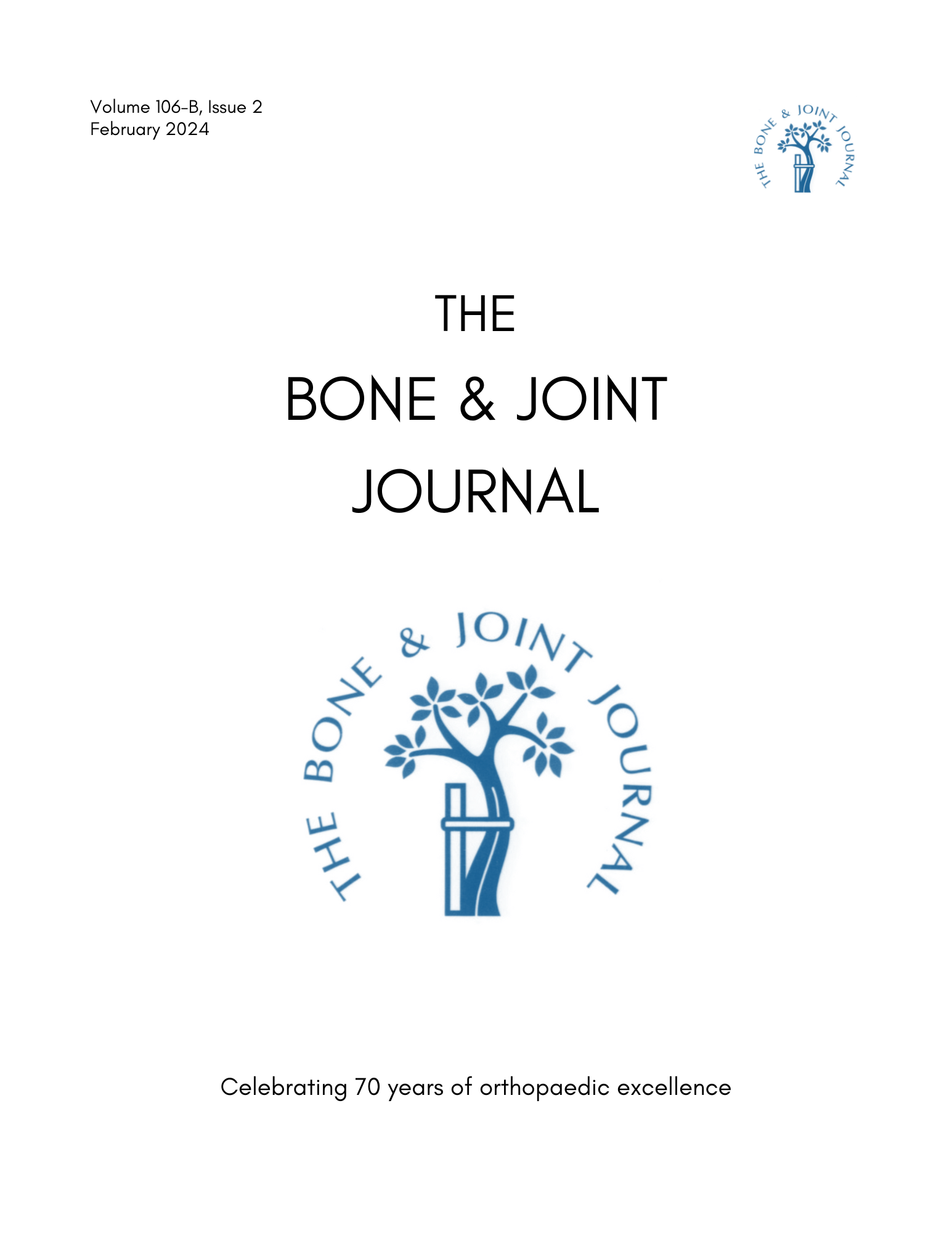
CT-based navigation comparable to imageless navigation in acetabular component insertion

CT-based navigation comparable to imageless navigation in acetabular component insertion
Imageless navigation for insertion of the acetabular component in total hip arthroplasty: is it as accurate as CT-based navigation?
J Bone Joint Surg Br. 2006 Feb;88(2):163-7Did you know you're eligible to earn 0.5 CME credits for reading this report? Click Here
Synopsis
90 patients with primary osteoarthritis undergoing total hip arthroplasty (THA) were randomised to receive one of three techniques used for implanting the acetabular component. The three methods were by freehand, CT-based, or imageless navigation. The primary outcome was the position of the component based on CT scans of the pelvis postoperatively. Results indicated that the CT-based navigation had comparable outcomes to the imageless navigation method, but was superior to the conventional freehand positioning technique.
Was the allocation sequence adequately generated?
Was allocation adequately concealed?
Blinding Treatment Providers: Was knowledge of the allocated interventions adequately prevented?
Blinding Outcome Assessors: Was knowledge of the allocated interventions adequately prevented?
Blinding Patients: Was knowledge of the allocated interventions adequately prevented?
Was loss to follow-up (missing outcome data) infrequent?
Are reports of the study free of suggestion of selective outcome reporting?
Were outcomes objective, patient-important and assessed in a manner to limit bias (ie. duplicate assessors, Independent assessors)?
Was the sample size sufficiently large to assure a balance of prognosis and sufficiently large number of outcome events?
Was investigator expertise/experience with both treatment and control techniques likely the same (ie.were criteria for surgeon participation/expertise provided)?
Yes = 1
Uncertain = 0.5
Not Relevant = 0
No = 0
The Reporting Criteria Assessment evaluates the transparency with which authors report the methodological and trial characteristics of the trial within the publication. The assessment is divided into five categories which are presented below.
1/4
Randomization
3/4
Outcome Measurements
1/4
Inclusion / Exclusion
4/4
Therapy Description
4/4
Statistics
Detsky AS, Naylor CD, O'Rourke K, McGeer AJ, L'Abbé KA. J Clin Epidemiol. 1992;45:255-65
The Fragility Index is a tool that aids in the interpretation of significant findings, providing a measure of strength for a result. The Fragility Index represents the number of consecutive events that need to be added to a dichotomous outcome to make the finding no longer significant. A small number represents a weaker finding and a large number represents a stronger finding.
Why was this study needed now?
Range of motion can be restricted when the acetabular component is not positioned correctly during total hip arthroplasty procedures. This malposition can lead to dislocation and increased wear, making proper positioning of the component crucial to short and long-term outcomes. CT-based, freehand, and imageless navigation are three viable methods used for component positioning. This study examines these three methods of implanting acetabular components in total hip arthroplasty (THA).
What was the principal research question?
What are the outcomes of component positioning when acetabular components are implanted via freehand, CT-based. or imageless navigation in patients undergoing total hip arthroplasty?
What were the important findings?
- 14/30 patients from the freehand group had the placement of the acetabular component within the safe zone. 25/30 patients from the computer-assisted CT group and 28/30 patients from the imageless group had the components falling within the safe zone limits. (Overall p=0.001)
- No significant difference was seen between the imageless navigation group and the CT-based group on component insertion. (p=0.23)
- A significant reduction in variation of the acetabular component position was seen with the imageless navigation group and the CT-based group compared to the freehand group. (p<0.001)
- The imageless group had an increased operation duration of 8 minutes (p=0.11) while the CT-based navigation group had an increased operation duration of 17 minutes compared to the freehand group. (p<0.002)
- The freehand group had a mean blood loss of 399 (50 to 1090) ml/48 hours compared to 341 (50 to 950) ml/48 hours for the CT-based group, and 359 (20 to 730) ml/48 hours for the imageless group.
What should I remember most?
The imageless navigation method is comparable in effectiveness to the CT-based technique in positioning the acetabular component for total hip arthroplasty. Both the imageless and CT navigation methods are superior to the conventional freehand placement method.
How will this affect the care of my patients?
Further studies are suggested to determine whether the improved placement of the acetabular component from the imageless or CT-based implant technique reduces postoperative complications and increases survival of the implant in patients.
Learn about our AI Driven
High Impact Search Feature
Our AI driven High Impact metric calculates the impact an article will have by considering both the publishing journal and the content of the article itself. Built using the latest advances in natural language processing, OE High Impact predicts an article’s future number of citations better than impact factor alone.
Continue



 LOGIN
LOGIN

Join the Conversation
Please Login or Join to leave comments.